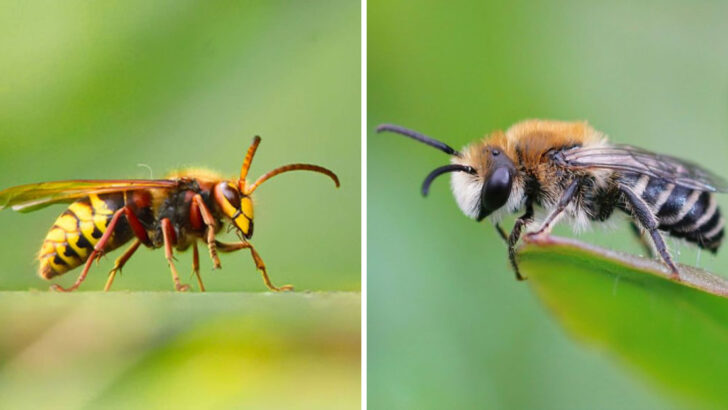One is a gentle gardener. The other is a winged warrior with a short fuse. Bees and hornets may both buzz, but their missions—and temperaments—couldn’t be more different. Confuse them, and you might go from curious observer to target practice. Bees spend their days collecting pollen, minding their own sweet business. Hornets? They patrol like flying guards, ready to defend their turf with multiple stings and zero warnings. So before you swat, run, or freeze, learn to tell who’s who. Your next backyard encounter might depend on it.
Body Shape
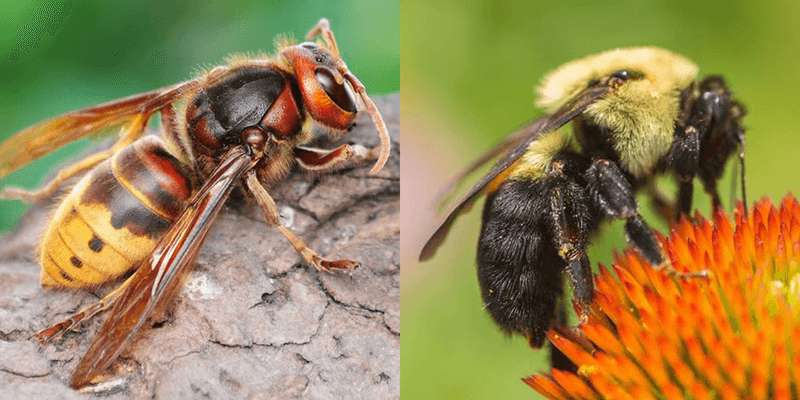
The sleek and elongated body of a hornet contrasts sharply with the round, fuzzy appearance of a bee. These physical differences are not just for show. Hornets often have a more tapered abdomen and a smoother texture. In contrast, bees display a hairy body that aids in pollen collection.
When observing these insects, note the pronounced waistline in hornets compared to the more uniform shape of bees. These structural adaptations reflect their unique roles in the ecosystem. Whether it’s pollination or predation, their bodies are perfectly designed for their functions.
Coloration
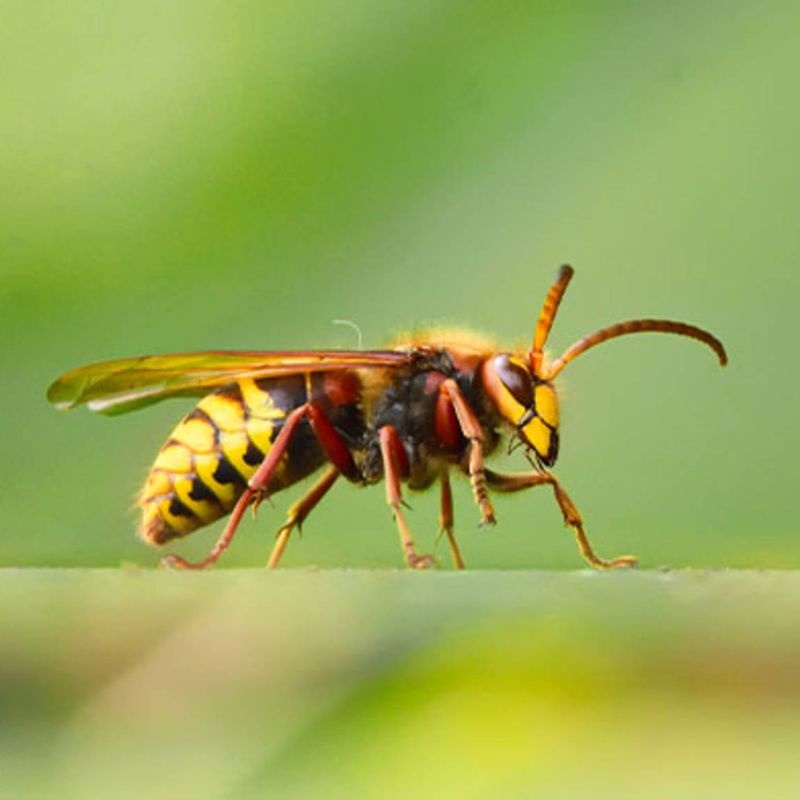
Color serves as a key identifier in distinguishing hornets from bees. Hornets typically exhibit a striking black and white or brown and yellow pattern, often with a glossy finish. In contrast, bees usually present more muted yellow and black stripes, often with a fuzzy appearance.
The differences in coloration are more than aesthetic; they serve as warnings to both predators and humans. While hornet’s colors signal aggression, the bee’s stripes are a reminder of their vital pollination role. Observing these patterns can provide clues to their behavior and ecological niche.
Wing Shape and Motion
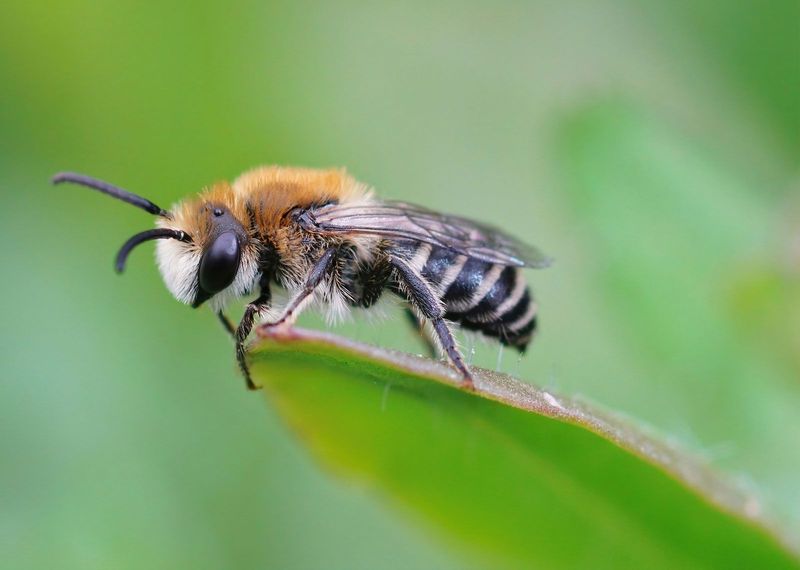
Wings provide a distinctive way to tell hornets and bees apart. Hornets have larger, more robust wings that enable them to fly longer distances. Their flight is often direct and deliberate.
Bees, on the other hand, showcase smaller wings that beat rapidly, creating a buzzing sound. This characteristic motion is not just for transport; it also aids in communication within the hive.
Understanding these differences highlights the diverse adaptations of these insects, allowing them to thrive in their respective environments and fulfill their ecological duties.
Behavior and Temperament
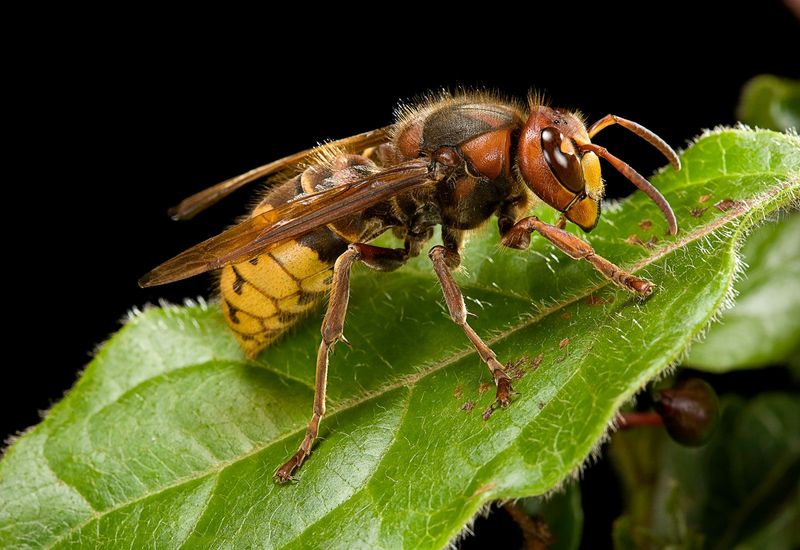
Behaviorally, hornets and bees exhibit stark contrasts. Hornets are often seen as more aggressive, defending their territory with fervor. Their stings are potent, often leading to painful encounters for intruders.
Bees, however, are generally more docile, focusing on the crucial task of pollination. Their stings are a last resort, used mainly for defense. This calm demeanor is essential for maintaining harmony within their hives and gardens. By observing their behavior, one can appreciate the balance they bring to the ecosystem.
Nesting Habits
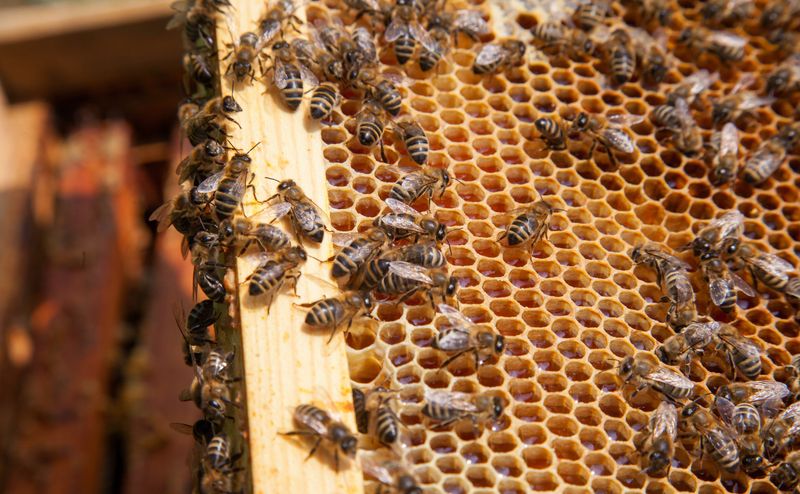
Nesting habits offer insight into the lives of hornets and bees. Hornets usually build paper-like nests in trees or shrubs, often at substantial heights. These nests are large and intricate, reflecting their social structure.
Bees, conversely, construct hives that are dense and waxy, whether in natural settings or human-made apiaries. These hives serve as centers for honey production and colony life. Both nesting styles illustrate the social nature of these insects, showcasing their communal instincts and environmental adaptations.
Diet and Feeding Habits
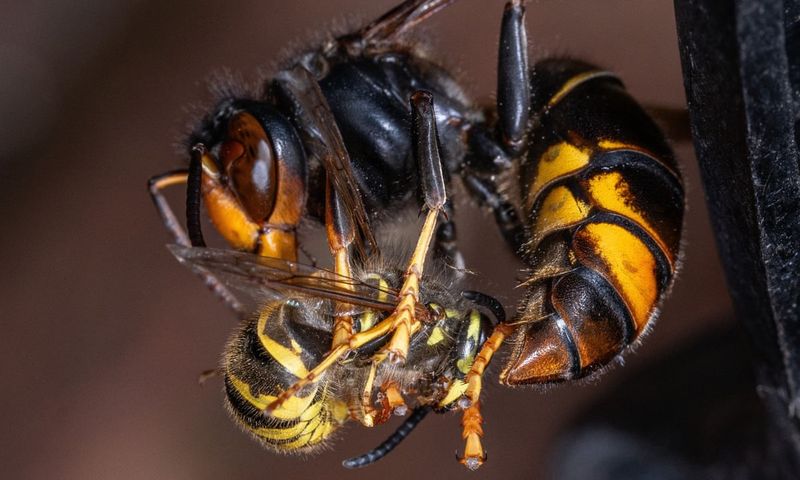
The diet of hornets and bees reveals their ecological roles. Hornets are predatory, feeding on other insects, which helps control pest populations. This carnivorous diet supports their energy needs and aggressive nature.
Bees, however, thrive on nectar and pollen, playing a pivotal role in pollination. Their feeding habits are less aggressive and more symbiotic, fostering plant reproduction. This dietary distinction shapes their interactions with the environment, emphasizing the balance they maintain within ecosystems.
Lifespan and Lifecycle
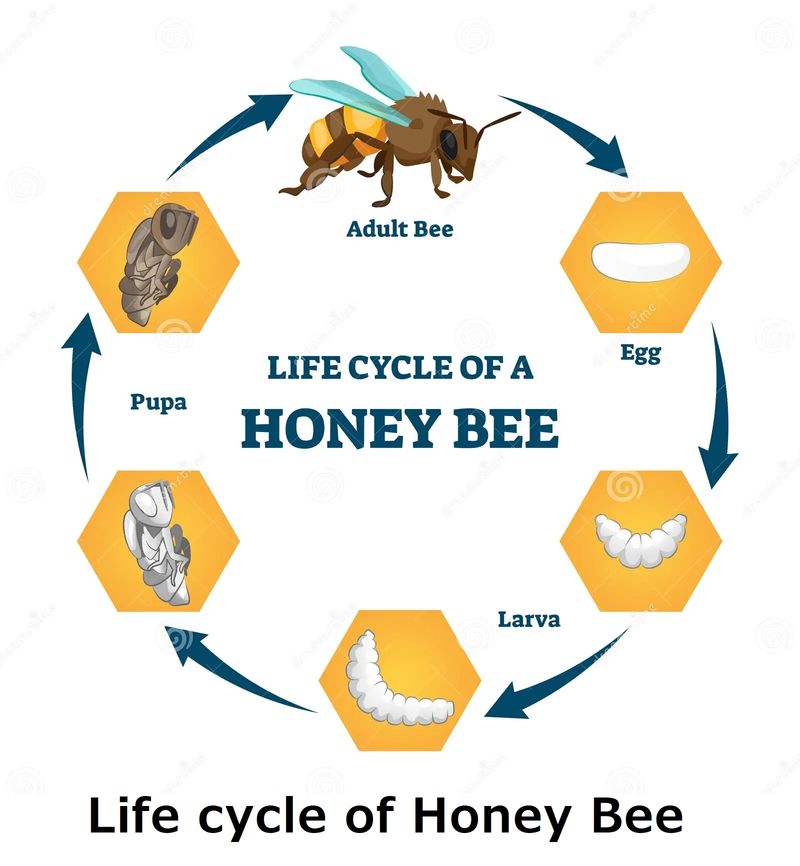
The lifecycle of hornets and bees provides fascinating insights into their biology. Hornets generally have shorter lifespans, with colonies dying off in winter. Queens hibernate, ensuring the next generation.
Bees live in perennial colonies, with workers maintaining hive activity year-round. Queens are central to reproduction, laying eggs continuously. These lifecycle differences are crucial for understanding their survival strategies and ecological impact. Observing their life stages reveals the intricate balance of nature, showcasing the resilience and adaptability of these insects.

